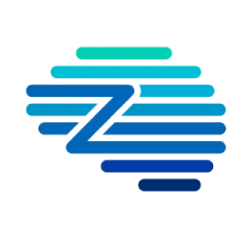Currently more than 80% of companies conduct background checks on full-time employees, but less than 20% perform any due diligence on their suppliers. With this significant gap in due diligence it brings significant risk to companies that can’t be ignored. As a result knowing your suppliers and managing the compliance became a top priority for CFOs and CPOs. Lots of companies use the survey polls or manage them internally or outsource the function either in real time or at the beginning of procurement with the help of certificates of assurance (like doing the W9, financial review) before signing the contract, but we don’t do it on annual basis. Let’s learn the key components that world class screening programs must include:
Consistent and measurable compliance: The objective is to screen individual suppliers based on geography, risk and spend. The small scale suppliers cannot be assumed to possess the insurance or that they are providing everything you need as a part of compliance. So we need to understand there are different requirements from different suppliers or based on geography (whether EMEA or APAC) there are lots of variables which calls for the need of a customizable program based on the geography and risk from suppliers.
Adjudication of all data: Often times, a supplier can be compared to old facts list. There are over thousands of governmental lists like the old facts list. For example, the old facts list as in the Patriot Act which says you should be checking every supplier against the old facts list, whether it’s an individual or company. Laws like this require you to check with the old facts list for every supplier you pay which becomes a crucial but challenging task if done manually.
Validating all parts of all documents collected: Often time you’ll get a document/certificate of insurance or W9 and we simply put in procurement folder. You’ve to check whether the certificate is updated and not an older version. More importantly when the procurement team collects the certificates of insurance they need to be validated on whether the supplier is paying the premium and possess the right endorsements.
Third-party verification of all supplier information in real time: There are searchable databases in the marketplaces but they are basically sourcing tools. The objective here is to screen the supplier in real time. It’s procurement’s responsibility to verify the financials of the supplier before signing the contract to ensure that the supplier can perform. It is recommend to re-screen the supplier annually as the best practice if not more frequently.





























































